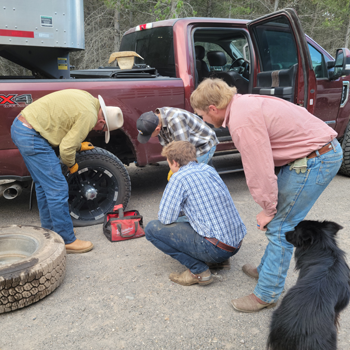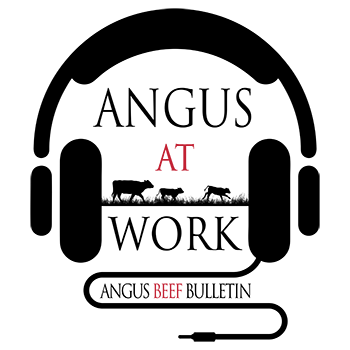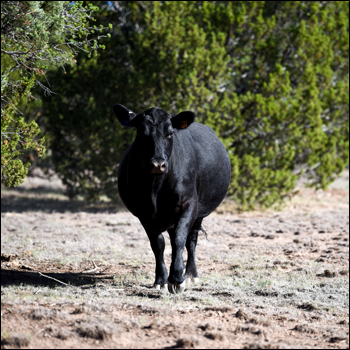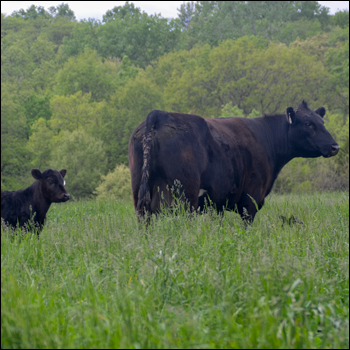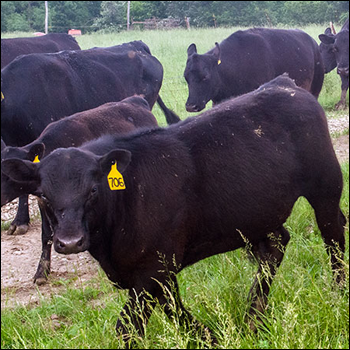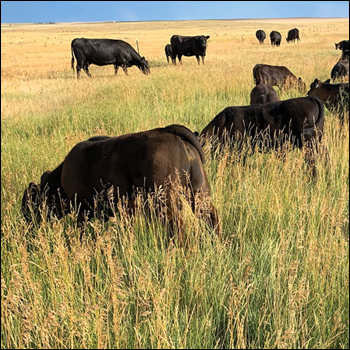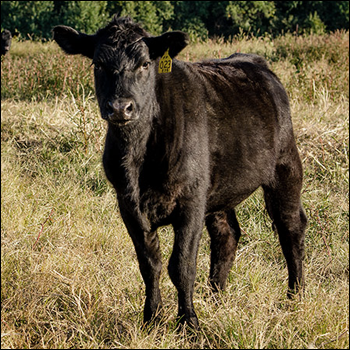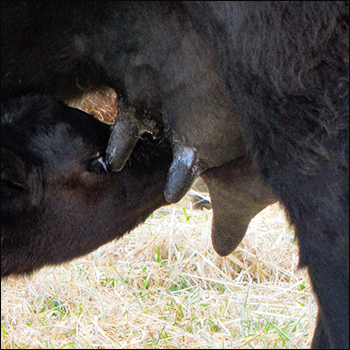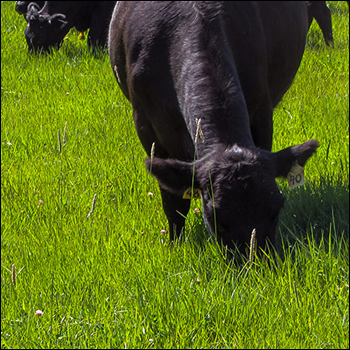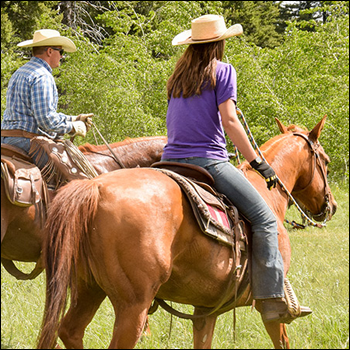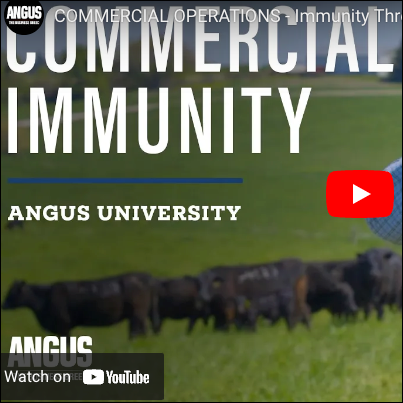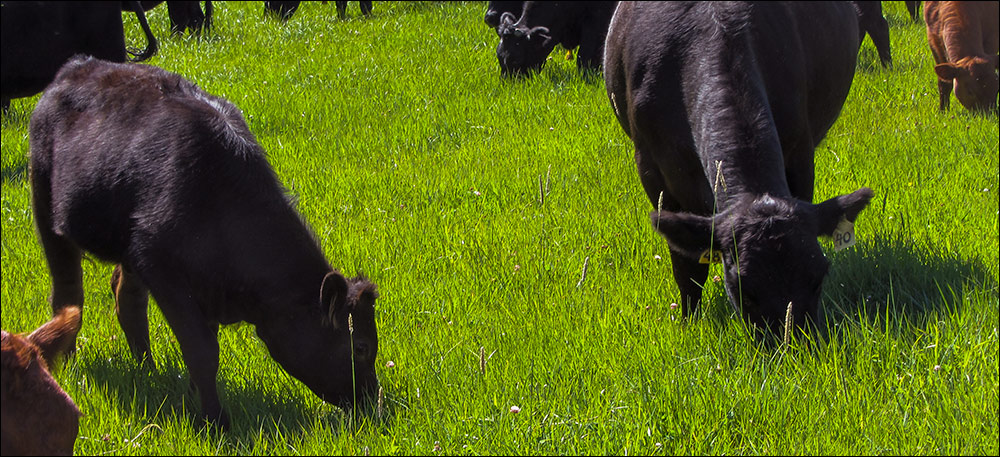
Maintain Efficient Reproduction
Efficient reproduction in cattle depends on good management.
Modern technology has made it easier to pursue certain goals in cattle reproduction, with use of artificial insemination (AI), heat synchronization, embryo transfer, sexed semen, etc. Even the simple goal of having a short breeding/calving season has been enhanced with use of heat synchronization. Yet for all our modern improvements, reproductive success and efficiency still hinges on good husbandry and good management, whether calving in the spring or fall.
Tim Evans, veterinarian and associate professor in the Department of Pathobiology at the University of Missouri, has a unique perspective, being board certified as a theriogenologist as well as a pathologist. He spent many years working with reproduction before he became a pathologist. He says that most of the problems — whether in disease conditions or reproductive situations — are multifactorial.
Looking at reproductive failures from the standpoint of a theriogenoligist, Evans tries to look at all the potential inputs and various factors involved, he explains. That may include potential chemicals, infectious disease, genetics, nutrition, water, environment, management, etc.
“All of these play into the net result,” he says.
People tend to try to simplify a problem and want to point to one specific cause, but it’s generally due to a combination of factors.
“When looking at reproductive function, there are many things that contribute to this, and the interface between reproduction and cattle production is management,” he explains. “The management is what controls the level of exposure to certain undesirable things and determines what might happen.”
Management also plays a huge role in proper nutrition, which is crucial to good health and reproduction.
“While it is really nice to have all the new technology and techniques in assisted reproduction, there are still many people who are successful in breeding cattle and make a profit simply by doing things the simple, old-fashioned way,” says Evans.
We can do great things by synchronizing, but with good management and genetic selection, a person can create a very fertile herd of cattle that will breed up in 30 days or less, calve in less than 40 days, and have more than three-quarters of the calves born in the first 21 days, without doing any heat synchronization or artificial insemination.
“The right number of fertile bulls, in the right terrain, can still get the job done and make a profitable situation,” Evans says. “If you are going to up the ante and increase the types of activities that require more intense management, this adds to not only the cost of reproduction, but also the complication and number of things that can go wrong. This should be taken into consideration.”
Selecting for fertile females that are feed-efficient and cycle early as heifers — and breed up quickly again after calving — along with good management and adequate nutrition is a very effective reproductive strategy.
Editor’s note: Heather Smith Thomas is a cattlewoman and freelance writer from Salmon, Idaho.

Angus Proud
In this Angus Proud series, Editorial Intern Jessica Wesson provides insights into how producers across the country use Angus genetics in their respective environments.
 Angus Proud: Scott Sproul
Angus Proud: Scott Sproul
Oklahoma operation learned wisdom of moving calving season to better suit their marketing needs.
 Angus Proud: Bubba Crosby
Angus Proud: Bubba Crosby
Fall-calving Georgia herd uses quality and co-ops to market calves.
 Angus Proud: Jim Moore
Angus Proud: Jim Moore
Arkansas operation retains ownership through feeding and values carcass data.
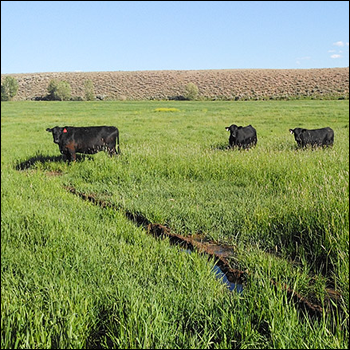 Angus Proud: Stephen Shiner
Angus Proud: Stephen Shiner
Idaho operation rotates pastures in summer and raises crops for winter.
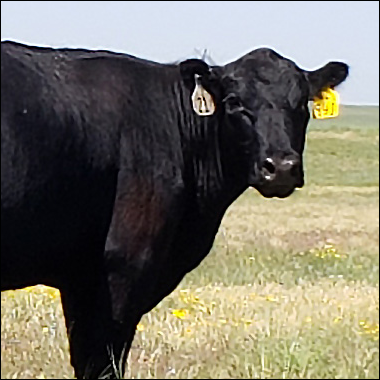 Angus Proud: Brian Nusbaum
Angus Proud: Brian Nusbaum
Angus cattle fit cattleman’s marketing goals and helped him set out on his own.
 Angus Proud: Les Shaw
Angus Proud: Les Shaw
South Dakota operation manages winter with preparation and bull selection.
 Angus Proud: Jeremy Stevens
Angus Proud: Jeremy Stevens
Nebraska operation is self-sufficient for feedstuffs despite sandy soil.
 Angus Proud: Dave Rutan
Angus Proud: Dave Rutan
Angus breeder gets the most out of his bull investment by partnering with opposite calving-season operation.
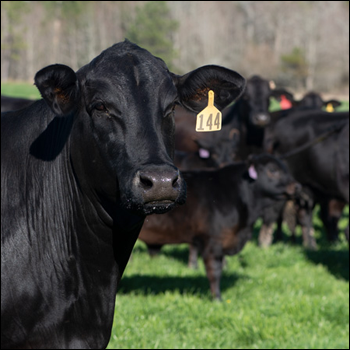 Angus Proud: Nickey Smith
Angus Proud: Nickey Smith
AngusLink helps Louisiana cattleman gain more for his calves.
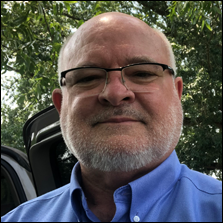 Angus Proud: Mike Moss
Angus Proud: Mike Moss
Operation’s nontraditional start lends to creativity and conservation efforts.
